Inbox icons, subject line sorcerers, CTA kings – the results are in. The 2025 You Mailed It Awards by Everlytic have crowned their champs, with Old Mutual Rewards and Machine_ taking…
Review: Lexus UX250h F Sport
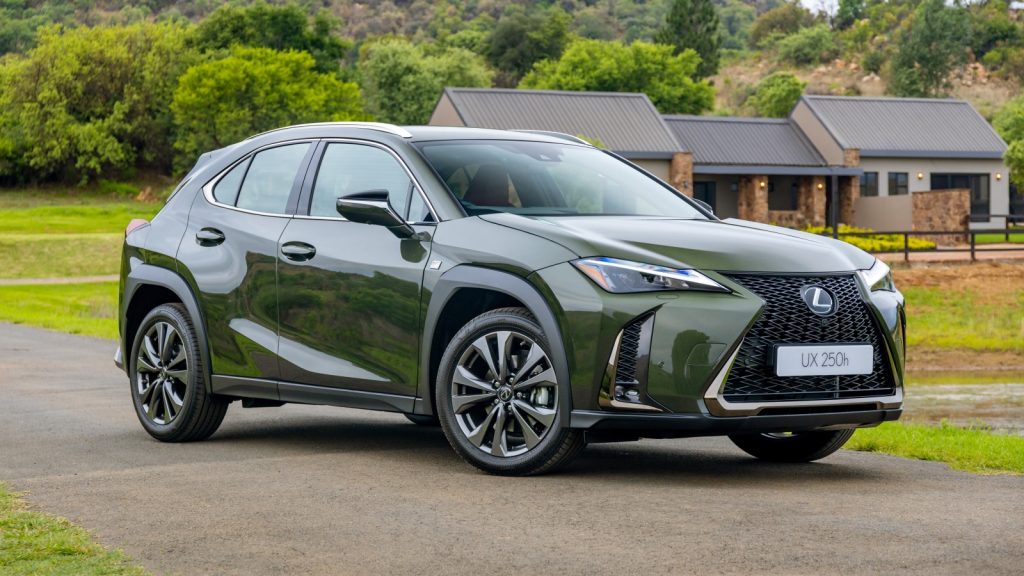
Japanese industrial design is globally renowned. Although Chinese and Korean Smartphones and devices from Huawei and Samsung are more popular than any Japanese rival, the legacy of Japanese mechanical craft remains beyond dispute.
In the world of horology, where mechanical design is prized, with watches from Swiss and German master makers trading for well beyond R1m, there is a Japanese approach which is much different. Seiko.
The Japanese watch company only builds in Japan, refusing to subcontract its assembly to a cheaper labour market. And it prioritizes mechanical design, above all. How is Seiko relatable to Lexus? Both are examples of premium Japanese industrial design and product quality. And the latest UX250h is proof of that.
Lexus has been selling new energy vehicles in South Africa since the mid-2000s. In a world which has become obsessed with hybrid cars, Lexus is a luxury brand which has been way ahead of the trend. Although its inherent Japanese marketing humility means that not many people know that.
The latest upgrade to the brand’s crossover range has created an interesting alternative to German luxury options. With Lexus, the approach is about efficiency, instead of performance. And a distinctive style which is not always recognized upon first encounter, but does grow with familiarity.

Dramatic design
Lexus has created some very outlandish designs during the last decade. Huge grilles and OTT surface creases have not always been welcomed by the market, but the latest update to its UX range has softened the look, a touch.
The UX250h doesn’t look derivative. It might look a touch too dramatic for some, but the real value of this car is once you open a door and settle into its cabin. As you start exploring the cabin and experiencing the switchgear, every touchpoint and response is quality.
German luxury crossovers might have a more balanced and symmetrical exterior design, but they can’t match the overall material and assembly quality of a Lexus. The brand originally conquered America, during the 1990s, by offering Mercedes-Benz quality at a much lower price, and although the UX250h is priced as a luxury vehicle, the quality coefficient is very high.
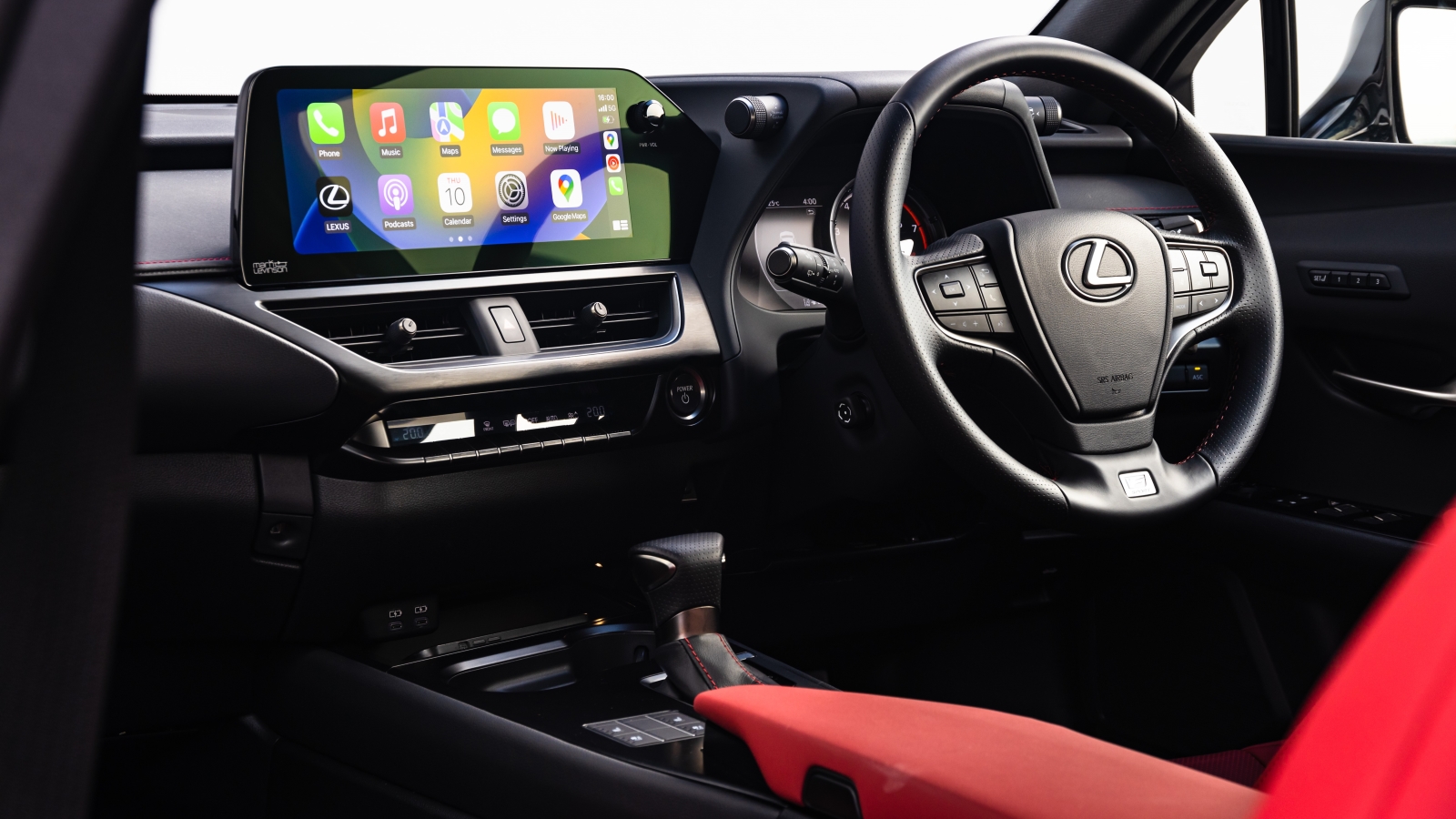
UX with UX
User experience is a buzzword for all things involving digital technology and user interfacing. In a modern world where our lives interact with digital technology each day, UX design can annoy or fulfil a customer’s expectation.
Lexus has struggled with elements of its infotainment synchronisation in the past. Creating a haptic control pad for moving and selecting items on its infotainment menus that didn’t work well. The feedback loop has triggered a response at Lexus headquarters in Japan, and the UX250h’s infotainment screen and interfacing are much improved.
The screen measures 12.3-inch across and its luminosity is high-contrast, even when the cabin is bathed in harsh sunlight. Instead of having to use that hateful haptic pad controller, the infotainment screen has touch functionality, something Lexus has lacked for far too long, and a massive improvement. Lexus cabin architects have also moved the position 143mm closer to the centre stack than before, meaning you require less reach as a driver or front passenger to access it.
Beyond the better infotainment interfacing USB-A and USB-C charging and connecting ports ensure that both legacy and new devices are recharged when you are journeying.
Although contemporary luxury car design is obsessed with digital interfacing, the UX250h retains physical controls and they are wonderfully to use. In a world where budgeting has reduced the quality of tactile controls to that of a cheap discount home entertainment system, Lexus proves that you can source and integrate buttons, switches and dials that feel like they belong in a luxury car cabin. And feel like they will last for decades, without failing, twisting or breaking.
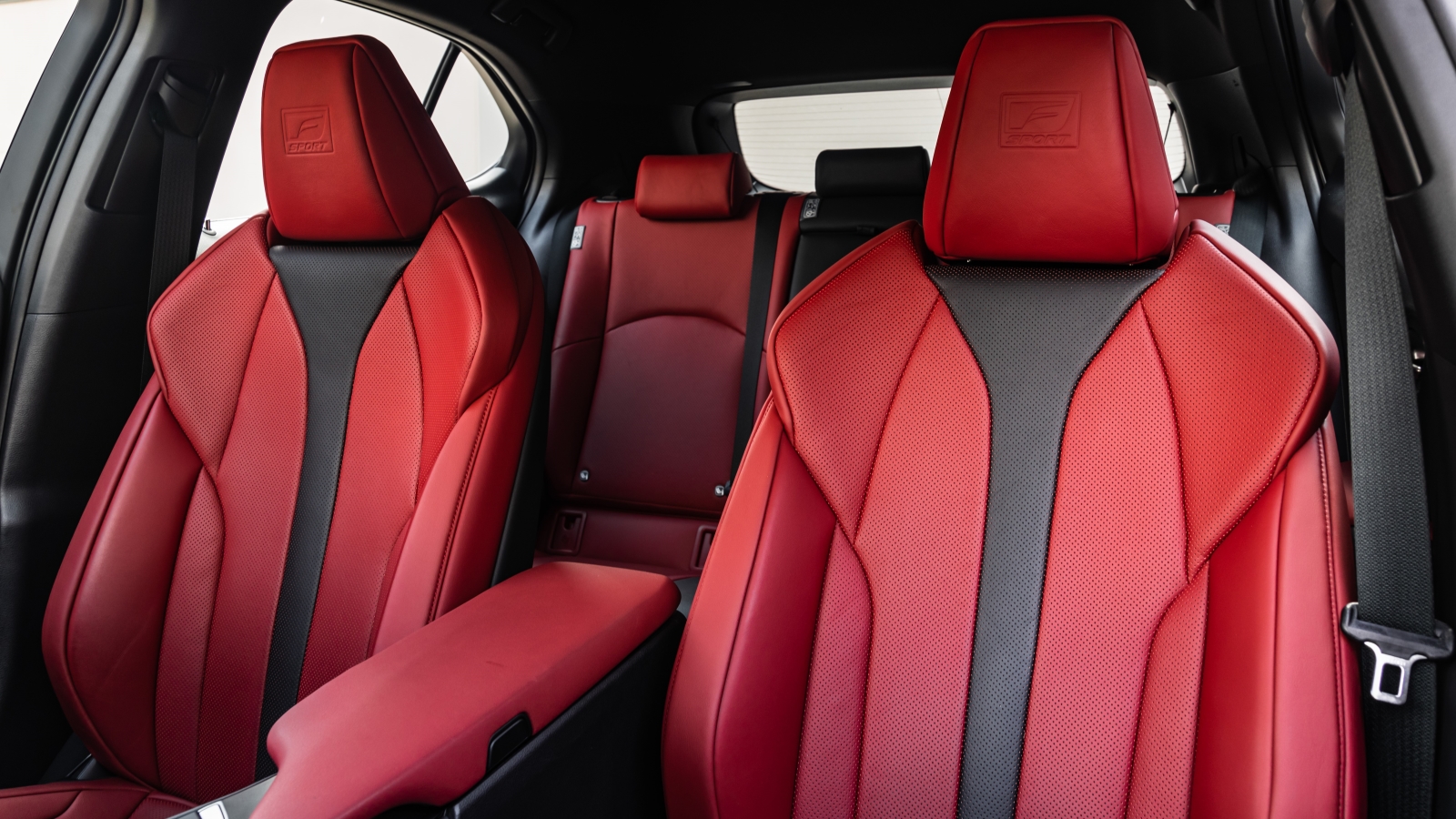
Amazing to sit in – but to do drive?
The LX250h’s cabin quality creates a lot of expectations for the driving experience. But it is configured very differently from most other luxury crossovers, of a similar size.
True to the Lexus heritage of hybrid drivetrains, this Japanese luxury crossover is powered a by 2-litre petrol engine, without a turbocharger, but boosted by the energy flow from two electric motors. The system is self-contained in its needs and capacity for recharging, which means you never have to plug-in a UX250H. But that also means it is a very mild hybrid, with an electric-only driving range that you only use when crawling along in traffic.
With a peak power output of only 135kW and kerb weight of 1618kg, the UX250h isn’t nearly as responsive at cruising speeds, compared to a rival German turbopetrol or turbodiesel crossover. But its driving appeal is smoothness and efficiency.
If you are gentle with the throttle, electric motors roll you from standstill in silence, which is a benefit if you work odd hours and live in an estate where neighbours enjoy complaining about even the most incidental noise issue. It’s a very quiet vehicle at cruising speeds but overtaking acceleration at 120km/h isn’t quite what you’d expect from a car priced near R1m.
What you sacrifice in performance and throttle response, you gain in fuel efficiency. Lexus claims an average petrol consumption of 4.5l/100km for the UX250h, but those are in ideal testing conditions that are unrepeatable in real-world driving. An achievable driving figure with the UX250h is 6l/100km, which is still remarkably light for a luxury crossover, with seating for five.
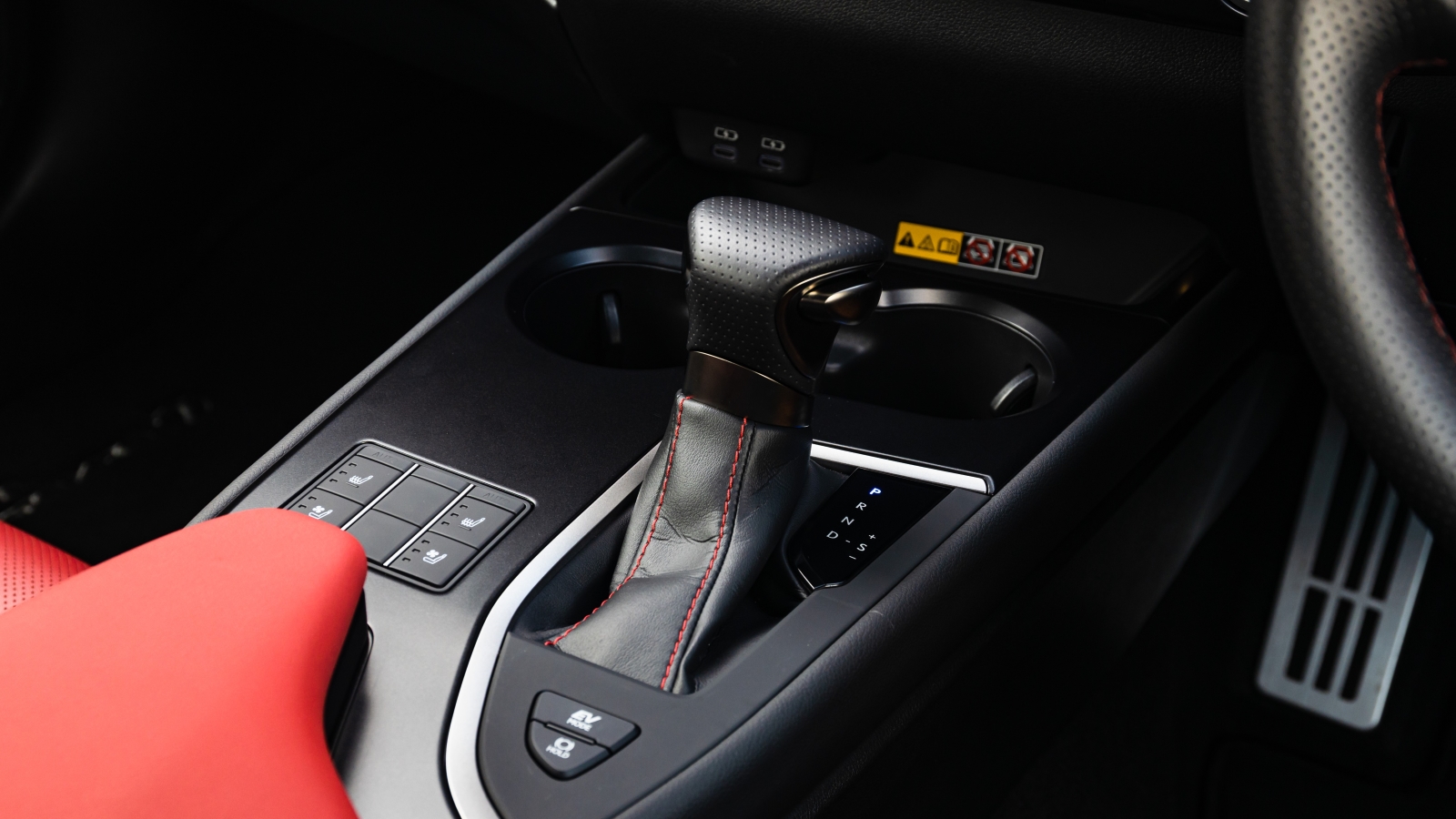
What doesn’t it do well?
The low fuel consumption has strong appeal, but South Africa is a driving environment where cruising speed overtaking acceleration is important. Very important. Especially when you are journeying long distances for a weekend away for vacation.
Toyota has an excellent hybridized SUV, of similar size to the Lexus UX, in its Rav4 2.5 VX E-Four. Effectively a sibling product to the UX, the Rav4 hybrid system is good for 163kW, and compared to the UX’s 135kW. And the 28kW power difference is exactly what the UX250h is lacking.
Another issue is load space. Packaging a hybrid powertrain into is conventional petrol or diesel platform vehicle is challenging. The compromise is luggage space because the hybrid system’s battery is placed under the luggage compartment floor. With the UX250h, which has the potential to be a great family touring vehicle, with low fuel consumption, the luggage space of 268-litres, is a bit too little for a weekend away, if all five occupants want to bring along their things.
Curiously, that limited boot space isn’t because you get a full-size spare wheel. This Lexus rolls run-flat tyres, so if you do get a puncture in the Karoo, on a dirt road, you have a problem.
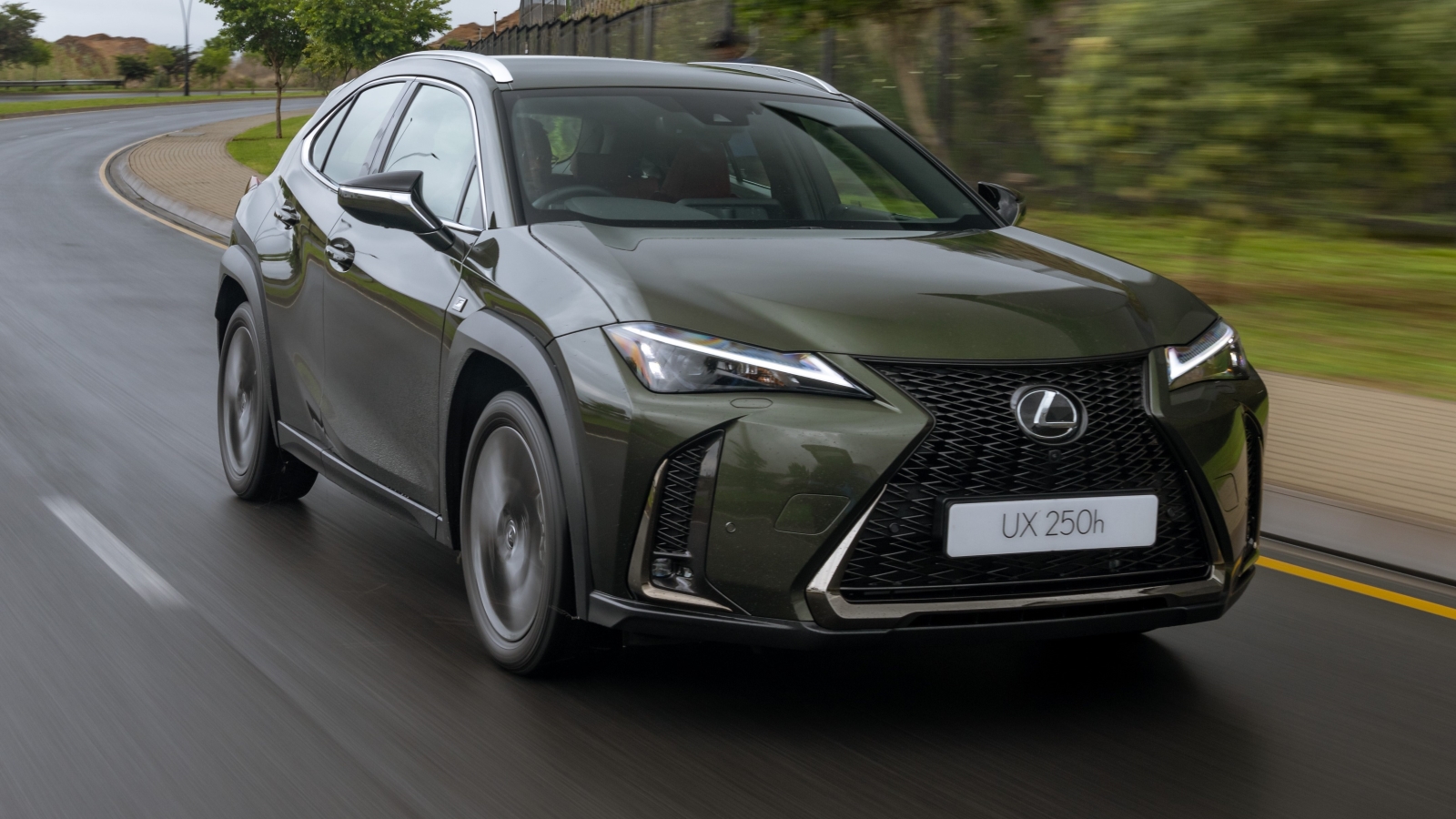
UX250h summary
Priced at R1 015 300, the UX250h is rivalled by several luxury crossover options from BMW and Mercedes-Benz. Curiously, its cabin quality is superior to those German vehicles, although it lacks the overtaking punch of their turbocharged petrol and diesel engine options.
The appeal of UX250h is like that of Grand Seiko. Uniquely Japanese design and immense build quality. The price you pay for a UX250h doesn’t correlate to its true value offering. Why? Because this is a contemporary crossover that has true longevity potential, unlike many other luxury cars which become nightmarish to maintain after their warranty period.
Like Grand Seiko, which is a build quality and assembly rival to the most storied of Swiss watch brands, at a fraction of the price, UX250h is a luxury car offering a very long ownership horizon. And like Grand Seiko, it proves that you have more interest in excellent engineering, than brand image.
For those owners seeking individuality without drama, this crossover is a rare car you’ll never need to make excuses for. But it’s more of a 2+1 tourer, than a true family car.


